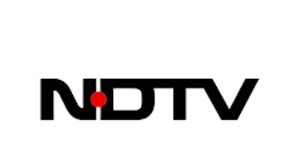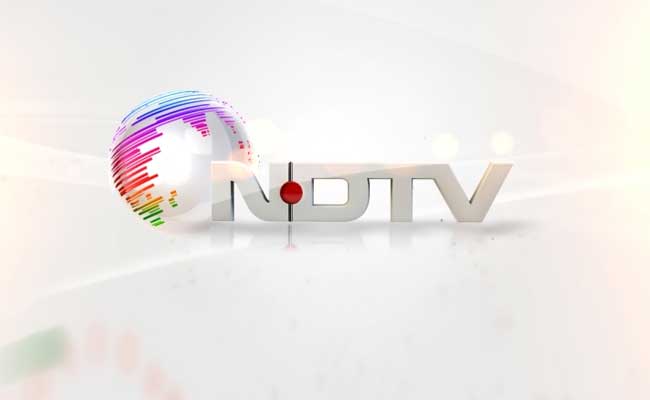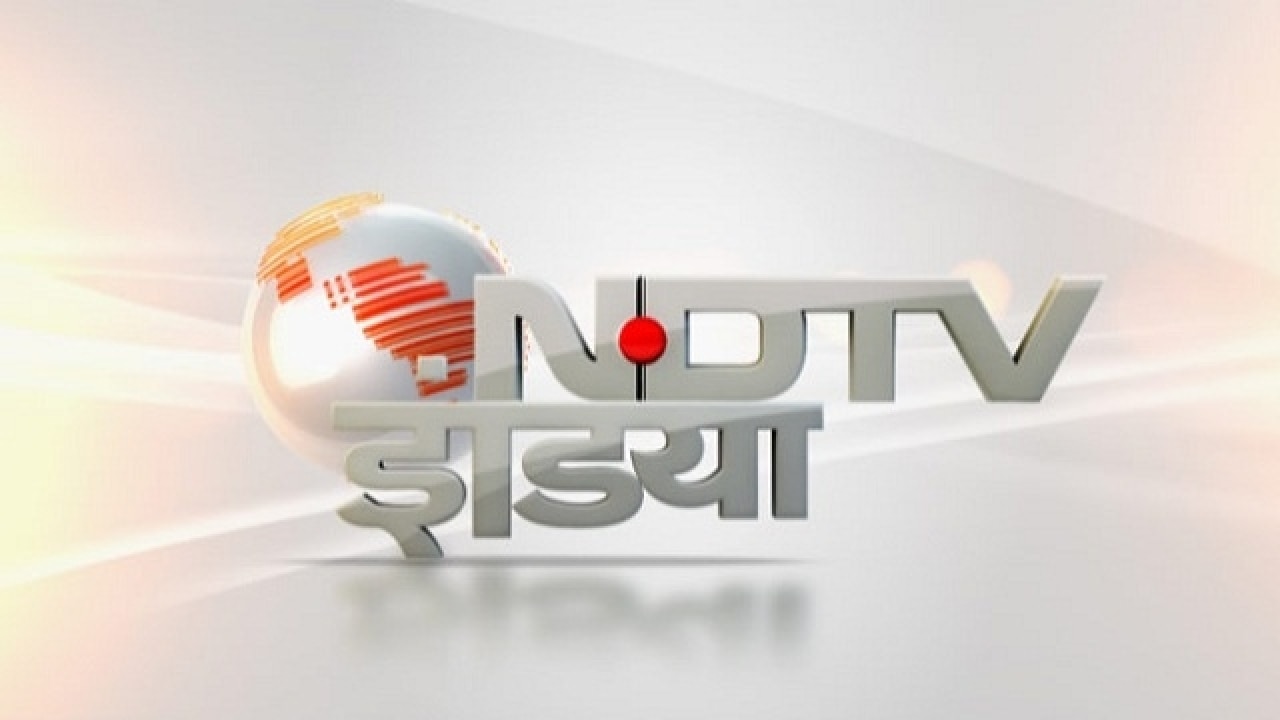The tale of how NDTV’s digital drive is underpinning the company’s comeback storey is detailed in the company’s stock price spike of 200 per cent.

The tale of how NDTV’s digital drive is underpinning the company’s comeback storey is detailed in the company’s stock price spike of 200 per cent.
The chart-topping single Video killed the radio star by the British band Buggles in 1980 cemented their status as a one-hit-wonder. The song, which includes the phrase “Pictures arrived and destroyed your heart; lay the blame on VCR,” traces the demise of radio as a medium of mass communication during the decades of the twentieth century. With the advent of the Internet, it is expected that conventional television media would follow in the footsteps of radio in terms of decline.
Some in the television news industry, on the other hand, are prospering as a result of the digital revolution. It’s even more impressive if it’s taken a position that stands out in an otherwise busy environment. To judge from what has happened to NDTV, the channel has managed to gain from the epidemic by garnering an adequate portion of the digital market and making necessary cost reductions.
The stock has risen 200 per cent in the previous year and is now trading at INR145, representing a gain of almost 170 per cent, considering recent declines. TV Today has had a 41% increase in viewership, while TV18 Broadcast has seen a 106 per cent increase.
Following the market collapse, the stock of NDTV increased by 73 per cent between March 2020 and December 2020, compared to the Nifty 50 index, which increased by 80 per cent over the same period. As a result, the bulk of the increase began last year. Not only that, but the company’s net worth, which had been declining since the beginning of the past decade, seems to have reached a bottom and is now beginning to recover.

NDTV Ltd, the company’s television arm, reported a year-to-date profit of INR41.4 crore after releasing the third-quarter financial results. “This is an all-time high for the television industry… NDTV’s digital unit, NDTV Convergence Ltd, has recorded its highest-ever revenue in the third quarter,” the firm said in a statement.
While NDTV claims that the third quarter of fiscal year 22 was it’s most lucrative in nine years, is the growth hype real, or can it be used to propel the struggling television-news industry into hyperdrive?
Recovery mode is activated.
“The key drivers of growth over the past three years have been operational efficiency, consolidation at the group level, and a strong emphasis on raising digital income (by) leveraging premium content positioning in digital,” says Suparna Singh, president of NDTV.
While the digital approach was successful, the most significant drain on the company’s resources was ineffective working-capital administration. This has always been a problem for media firms since consumers are notorious for delaying payments. In such circumstances, cash is restricted, burdening the balance sheet. Things have, on the other hand, gotten better for NDTV.
The corporation is regaining its footing after the lows of fiscal years 2016, 2017, and 2018. Those were difficult times for the company since receivables were high and advertising was not paying on time. However, the number of debtor days has decreased during the previous two years. Compared to prior years, the corporation is receiving money from its advertising at a far quicker pace.
According to the report, “working capital days for 2018 were 27 days, which increased to 72 days in FY20, and then decreased to 10 days in FY21.” This is what is behind the increase in RoCE (return on capital employed),” according to an analyst studying the media industry for a prominent domestic brokerage firm. In contrast, TV Today has the same number of days, around 58 days. The yearly RoCE for NDTV in fiscal year 21 was 43.4 per cent, compared to 24.5 per cent for TV Today.
“When I look at liabilities, I see that borrowing and trade payables have decreased. ” Their receivables have reduced from INR133 crore to INR88 crore. There is no need to be concerned that current liabilities are more than existing assets, argues the analyst since external obligations (borrowing + other liabilities) have decreased. So there is no pressure in the traditional sense.
While the company’s revenue growth in the first nine months of the fiscal year 2021 was primarily due to liability write-backs, cost reductions, and a muted decline in ad revenues, the company has experienced strong revenue growth in both its television and digital businesses in the last nine months of the fiscal year 2021. The organization has established itself as one of the leaders in the digital market by focusing on information that is current and at the forefront of consumers’ thoughts.
A single month after airing its coverage of the farmer protest, the digital push NDTV received more than 300 million views on YouTube for its coverage of the event. According to the track, the station also notified shareholders that, on January 26, 2021, during the farmer demonstrations and Red Fort violence, NDTV 24×7 was the most-watched English channel on YouTube, with 60 million views.
Three television news organizations are represented in the mentioned space: TV18 Broadcast, TV Today, and NDTV. Its entertainment channel portfolio accounts for more than 75 per cent of the income generated by TV18 Broadcast, the company that controls the News18 brand of stations. The company owns more than 20 news channels, including business and regional news stations.
)
In addition to television networks Aaj Tak and India Today, television today has newspapers and radio stations, although it is a more similar competitor to NDTV in terms of reach.
It was revealed in the TV Today group’s fiscal year 2020 annual report that the company’s 27 digital channels had a “combined fan base of more than 51 million and over 8.5 billion (all 27 channels) combined views across social platforms” during the previous fiscal year. TAK channels have a devoted audience across several content genres such as sports, crime, business, lifestyle (such as astrology and fitness), and literature,” according to the company. It said that “New Tak, our national news channel that was founded on digital technology, has expanded to include nine more regional stations.”
To put this in context, consider the case of NDTV, which has its most important digital assets under the brand identities of NDTV and NDTV India. According to NDTV’s FY21 annual report, the channel received 5.5 billion views each year.
“Digitized news watching does not always correspond to television viewership.” It has more to do with the early adopters. Therefore, those who got into digital news earlier had more excellent traction than those who got into it later. For example, NDTV has high viewership statistics in English since they were one of the first broadcasters to go online… According to a spokeswoman for an extensive advertising and marketing firm, “the demand for news is quick, therefore maximizing visibility is important, and having relevant and up-to-date material is important,” she adds.
In addition, the channel secured a 10-year agreement with digital advertising provider Taboola in February of this year. NDTV expects the cooperation to increase online traffic and “allow the income of INR750 crore or USD100 million for NDTV Convergence” throughout the deal term.
Digital is an advantage.
According to the most recent data available, TRAI data shows that India has 906 private satellite TV stations, of which only 348 are pay-TV channels. In India, most news stations are not in the premium-subscription category and demand a monthly cost of INR1 or less. Advertising and live events are the two most important sources of income for these networks.
However, satellite or cable television as a medium has lost popularity among consumers in recent years. In 2019, the Telecom Regulatory Authority of India (TRAI) implemented a New Tariff Order (NTO) system for television, allowing customers to choose and pay for the channels they wish to watch. Stated, customers now can choose whatever media they want to watch every month, rather than being obliged to purchase a bundle pack given by operators.
Things, however, did not turn out the way we had hoped. Following the implementation of the NTO, a large number of broadcasters, DTH providers, and cable TV operators saw a significant drop in their subscriber numbers as users stopped renewing their monthly subscriptions for a variety of reasons, including poor implementation and customer service, high network capacity fees, and increased monthly bills. According to a Ficci-EY assessment, the deployment of NTO 1.0 resulted in a 26 million reduction in the number of television customers.
The increasing level of uncertainty around the new channel pricing and the Covid-19 lockdowns has had a significant effect on the subscription income of broadcasters. Several broadcasters have decided to phase down some of their speciality channels. Not only that, but commentators have also been losing subscribers to digital platforms, which are now accessible at lower prices than traditional platforms.
Apart from that, lower-cost access to 4G data and increased availability of low-cost handsets contributed to a significant increase in wireless data usage. According to the study, according to the most recent TRAI report, as of September 2021, India has slightly more than 80 million wireless users, with an average monthly wireless data consumption of 14.7 gigabytes per wireless data subscriber. However, the overall number of pay direct to home and cable users is 7.3 crores as of December 2015.
While the transition to digital would be detrimental to DTH and cable providers, television news stations will benefit from the change since they have a valuable asset: content. Whatever material news stations make for conventional television can quickly be posted in various forms to social media and YouTube, where millions will see it of people. This means that advertisers may profit from the same content across different channels without extra production expenditures.
While NDTV is leading the way in the digital arena, its competitors are not far behind. Furthermore, NDTV’s financial sheet is still being repaired, while competitors such as TV Today and TV18 Broadcast are far more extensive, even in market capitalization.
However, the rise in profits and the continued expansion of NDTV’s digital presence suggest that the company may have cracked the digital marketing code. It has been previously said that “social media is a highly polarised area” and that “content producers may employ algorithms to guide their material toward more favourable audiences.” According to the media expert who was previously mentioned,

Creating a specialized market
In the current state of affairs, NDTV is seen as anti-establishment, and most of its competitors are digital-first small media organizations. Being the largest brand in this area, on its own, seems to have assisted the channel in capturing a good portion of the audience while the other side is being crowded out.
“The most important reason is that NDTV has shown to be a reliable channel in terms of performance and has built up a significant amount of equity in the market.” They aren’t overly dramatic, and they were not accused of number-fiddling whatsoever. As the advertising and marketing firm spokesman explains, “They have proven to be a high-performing channel network.”
NDTV’s development is fueled by Hindi programming, which has a large and still-growing market and is mainly driven by its star anchor, a strength and a danger for the company. However, the truth remains that the numbers are on their way. Profits, on the other hand, bring with their competition. It will be fascinating to observe how things develop in this area in the coming future.
edited and proofread by nikita sharma




